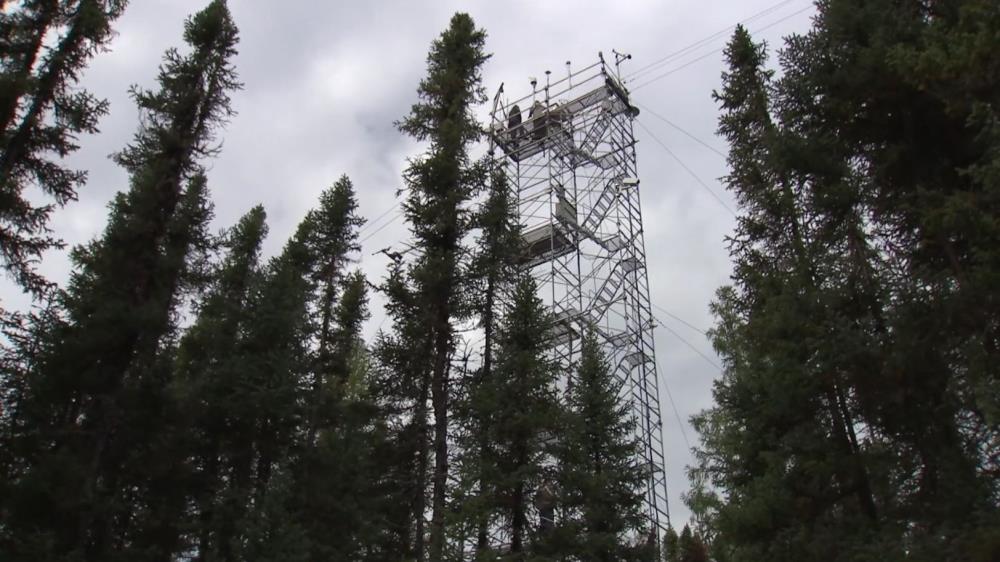
Related items loading ...
Section 1: Publication
Publication Type
Conference Poster
Authorship
Wasswa Peter, Tanner Jane
Title
An assessment of GRACE-based water storage deficit approach for hydrological drought characterization in Uganda
Year
2022
Publication Outlet
AOSM2022
DOI
ISBN
ISSN
Citation
Peter Wasswa, Jane Tanner (2022). An assessment of GRACE-based water storage deficit approach for hydrological drought characterization in Uganda. Proceedings of the GWF Annual Open Science Meeting, May 16-18, 2022.
Abstract
In this study, hydrological drought in Uganda was characterized based on Gravity Recovery and Climate Experiment (GRACE) total water storage (TWS) values incorporated with soil moisture values of Global Land Data Assimilation System (GLDAS) masking out the area around Lake Victoria. A standardized GRACE-derived Index (SGI) approach was adopted where water storage de?cits were computed by subtracting the GRACE data set from the total soil moisture component anomalies of (10cm and 40cm) of the GLDAS dataset. The new cumulative TWS deficits were normalized, then a new Standardized GRACE-derived Index (SGI) was developed for Uganda (from April 2002 to July 2016). The method builds on previous research by considering threshold values of the Standardized Precipitation Index (SPI). The results show that entire Uganda had severe drought events during (June 2008, August 2010, September 2011, and October 2013), though drought events occurred in July 2016. SGI showed that the Northern and North-Eastern parts of the country received more severe hydrological drought events concerning other parts of the country. The SGI used in this study showed that 82.5% of the hydrological drought events were under near-normal conditions, 12.5% under moderate dry, 2.6 % under severe dry, and 2.4 % under extreme dry conditions. The study results demonstrate that GRACE data sets are useful for reconstructing the TWS time series for a national level, from which hydrological drought can be characterized, and for investigating spatial and temporal trends in groundwater storage conditions.
Plain Language Summary
It underpins the hydrometeorology ,atmosphere and extremes
Section 2: Additional Information
Program Affiliations
Project Affiliations
Submitters
|
Peter Wasswa | Submitter/Presenter | waswapeter4@gmail.com | IWR-Rhodes University |
Publication Stage
N/A
Theme
Hydrometeorology, Atmosphere and Extremes
Presentation Format
poster presentation
Additional Information
AOSM2022 First Author: Peter Wasswa,Institute for Water Research, Rhodes University, Grahamstown-South Africa Additional Authors: Jane Tanner,Institute for Water Research, Rhodes University, Grahamstown-South Africa


 GWFNet
GWFNet Master
Master Data
Data Research
Research Map
Map
 Advanced
Advanced . . .
. . .

 Metadata Editor
Metadata Editor
 Record List
Record List
 Alias List Editor
Alias List Editor
 Legacy sites
Legacy sites